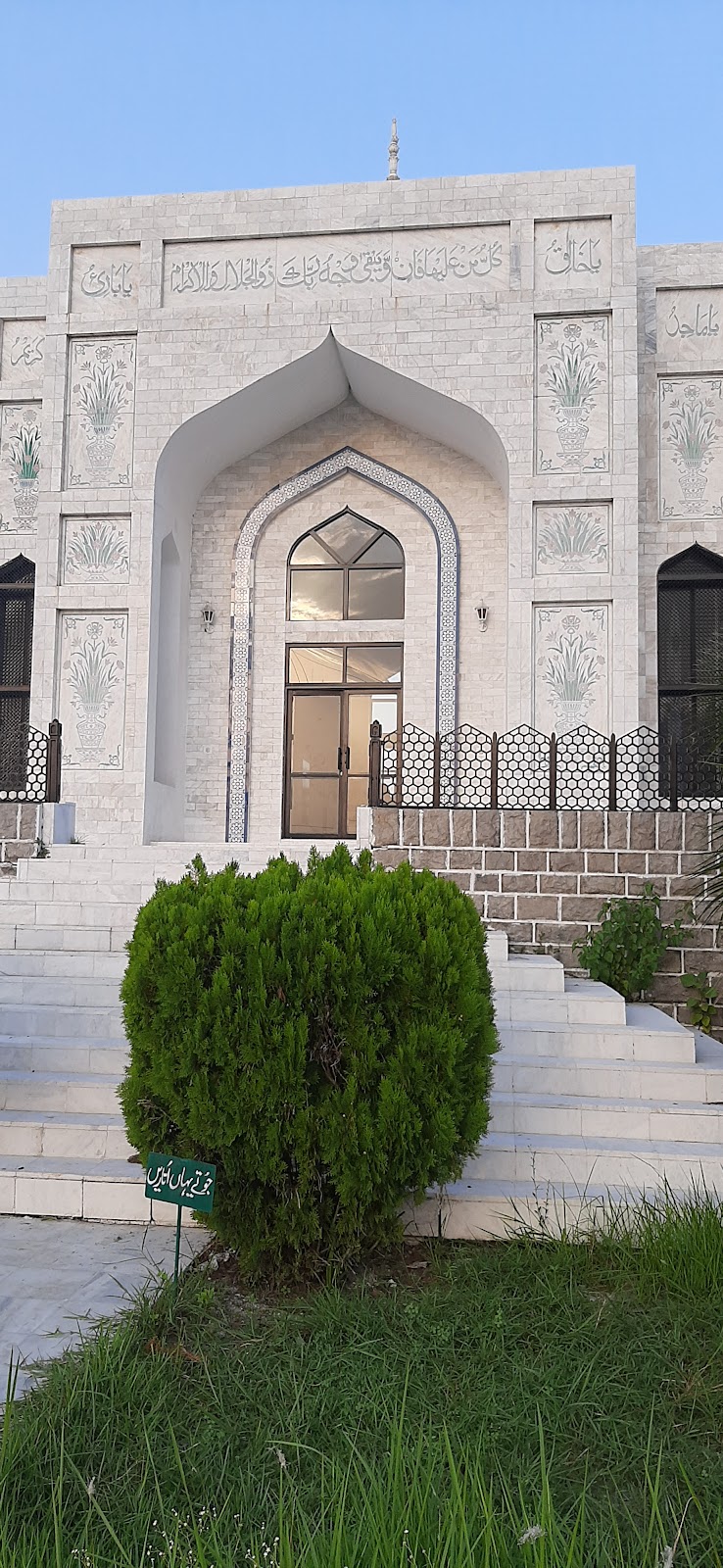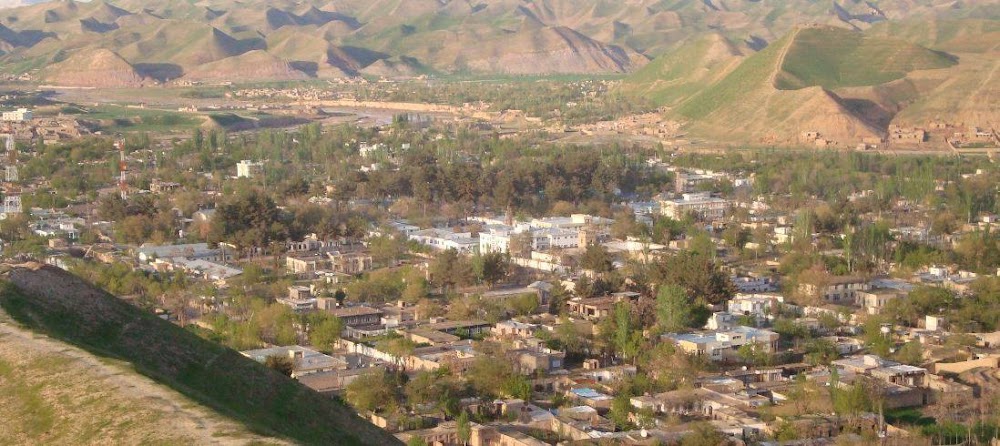Chehel Burj (چهل برج)
Overview
Chehel Burj: A Glimpse into Afghanistan's Rich Heritage
Chehel Burj, which translates to "Forty Towers," is an architectural marvel nestled in the city of Ghōr, Afghanistan. This ancient fortress, steeped in rich history and surrounded by tales of past dynasties, stands as a testament to the region's illustrious past and cultural significance.
Constructed during the zenith of the Ghurid dynasty in the 12th century, Chehel Burj was envisioned as a majestic citadel. The Ghurid rulers were renowned for their architectural innovation and artistic sensibilities, and these qualities are vividly reflected in the design and construction of this remarkable fort. Serving as both a key defensive structure and a symbol of power, Chehel Burj encapsulates the grandeur of its time.
The fort is primarily built from locally sourced brick and mortar, materials that were prevalent during that era. The builders applied advanced engineering techniques, including intricate brick-laying methods that ensured both structural strength and aesthetic beauty. The iconic forty towers, from which the fort derives its name, were strategically positioned to provide optimal defensive vantage points and create a formidable barrier against potential invaders.
Inside Chehel Burj, remnants of once-lavish courts and grand halls can still be found, adorned with ornamental brickwork and glazed tiles. These decorative elements were not merely for aesthetics; they showcased the wealth and sophisticated taste of the Ghurid rulers. Many walls were embellished with detailed frescoes and inscriptions in exquisite Arabic calligraphy, though time and conflict have unfortunately eroded much of their original splendor.
The meticulous layout of Chehel Burj features an extensive wall encircling the main citadel, which housed administrative buildings, garrison living quarters, stables, and storage areas. A network of passages and tunnels connected each part of the fort, allowing defenders to move swiftly and discreetly during battles.
Chehel Burj boasted several large gates, each robustly fortified to thwart enemy attacks. The main gate was especially impressive, featuring high arches and strong, iron-studded doors designed to withstand battering rams and other siege weaponry.
Over the centuries, Chehel Burj has witnessed numerous battles and shifts in control. During the Mongol invasions in the 13th century, it served as a strategic point of resistance. Although the Mongols inflicted significant destruction, the resilience of Chehel Burj's structure allowed it to endure. Its adaptability meant that subsequent conquerors could repurpose the fort, ensuring its relevance through the ages.
Despite the passage of time and the impact of natural elements, Chehel Burj continues to captivate scholars, historians, and tourists alike. While parts of the structure have sadly succumbed to ruin, preservation and restoration efforts are underway, driven by both local and international collaborations. These initiatives aim to maintain its heritage, allowing future generations to appreciate its historical and cultural significance.
Chehel Burj transcends being just a relic of the past; it symbolizes the enduring legacy of the Ghurid dynasty and the historical importance of the Ghor region. This remarkable site offers a window into a time when Afghanistan was a crossroads of civilizations, where culture and history intertwined to foster extraordinary achievements in art and architecture.






